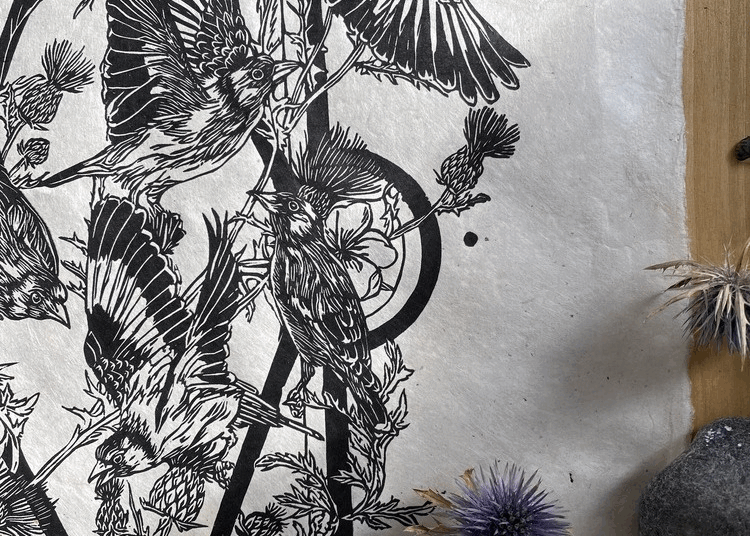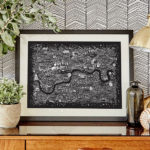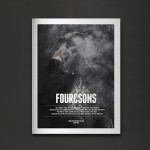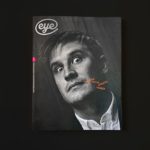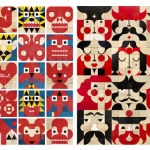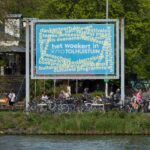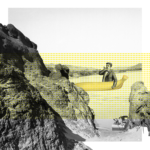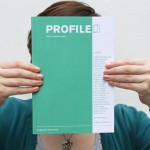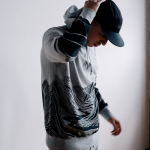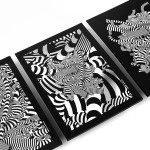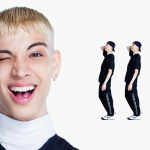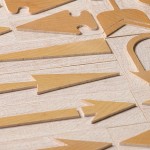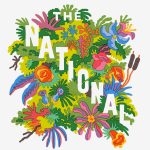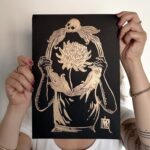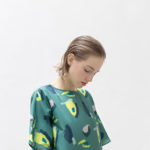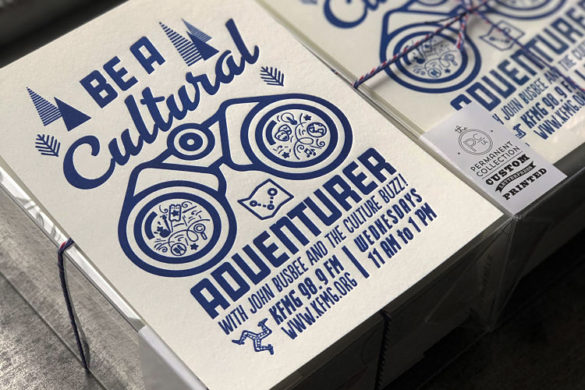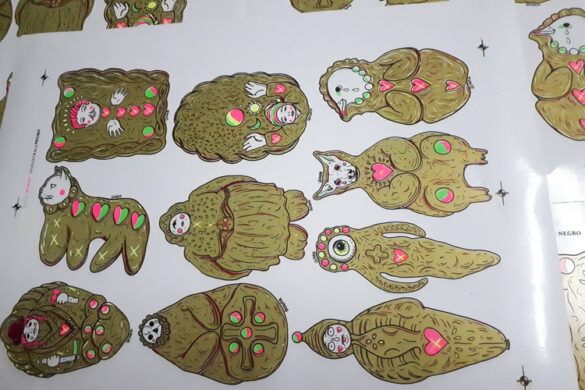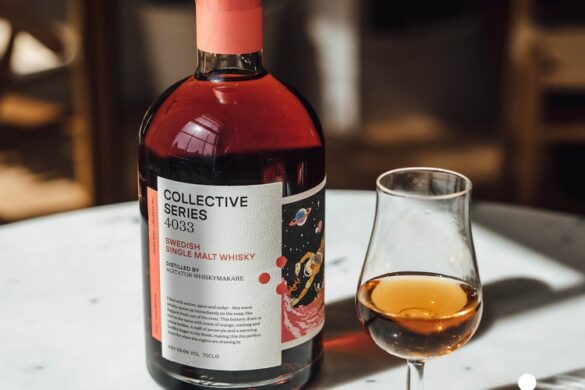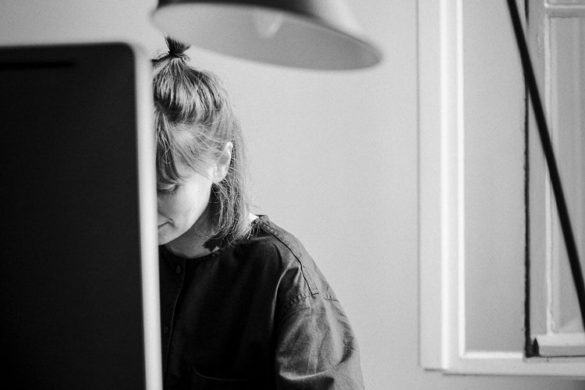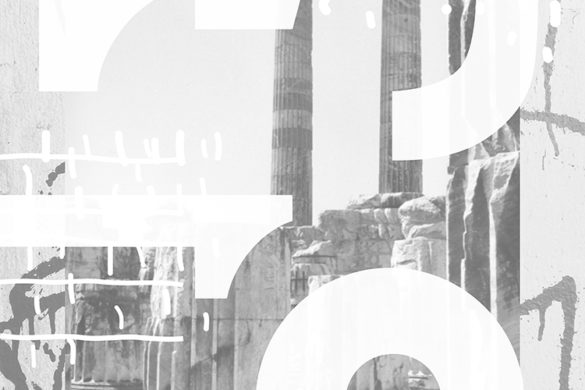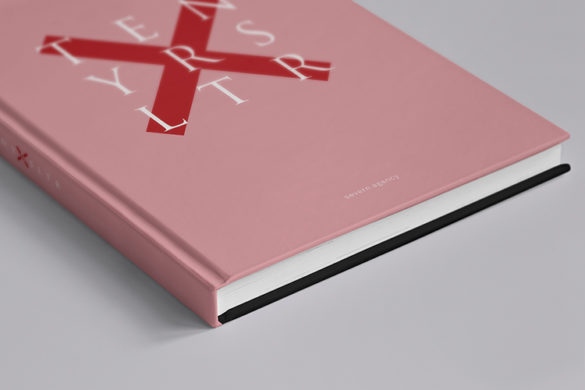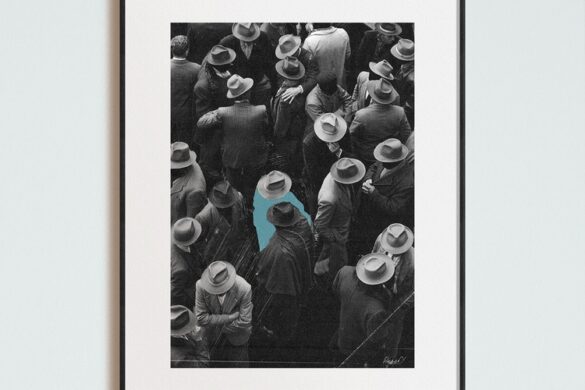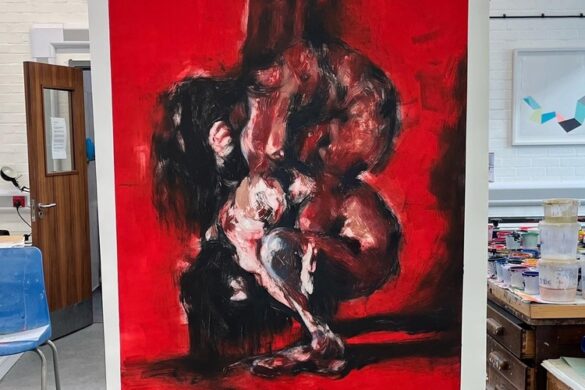This month we’re stoked to present a selection of block prints from some of the talented members of our community. From large scale block printed sculptures, to multi layer lino prints, our members have intricately and masterfully carved blocks to bring their unique designs to life. Check them out below:
Patrick Ireland: Tesco Value Caravaggio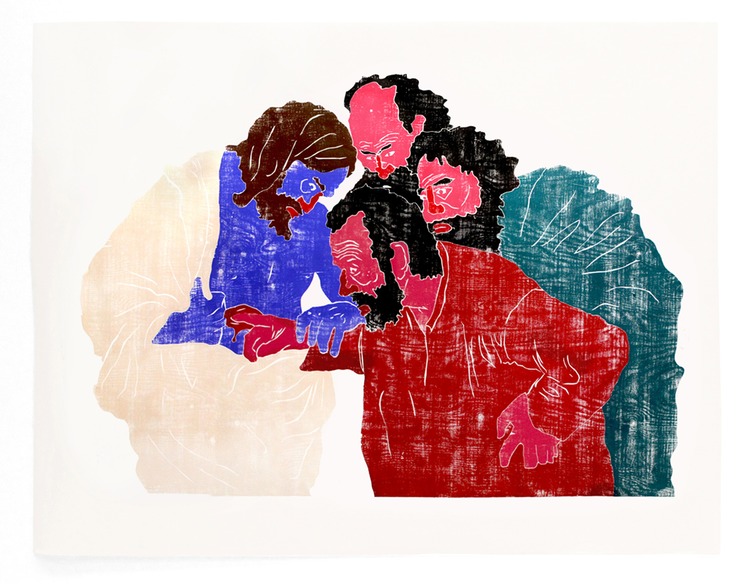
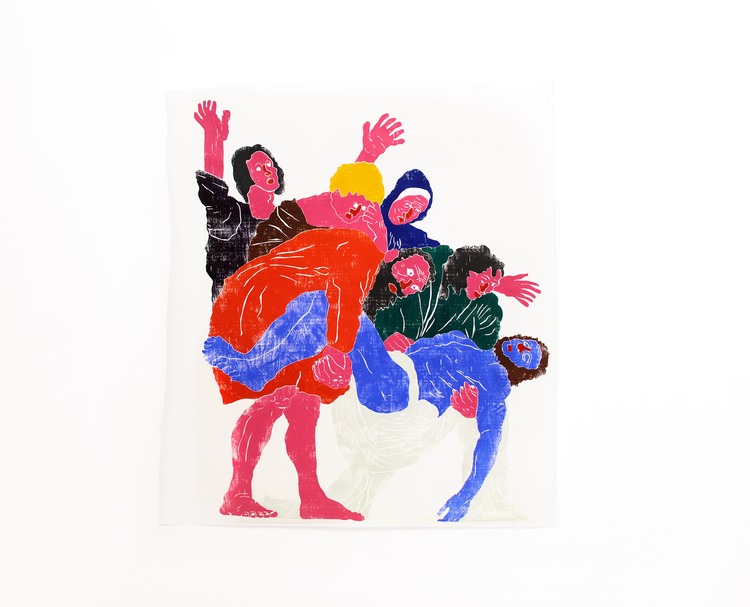
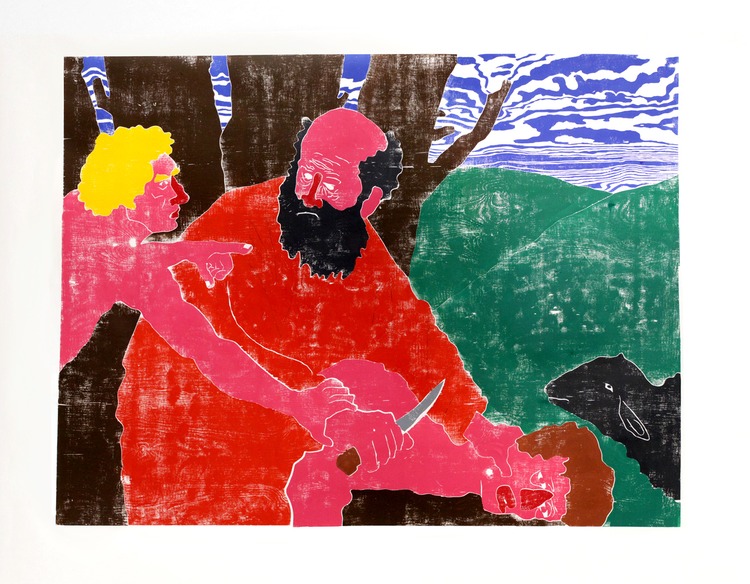 Patrick Ireland’s work is directly inspired by Caravaggio’s religious paintings. He began this body of work as a means to explore how Christianity has formed the foundation and psycho-geography of our society, shaping our perceptions of morality, spirituality, and even aesthetics. However, during and due to the creative process, the work evolved to become an exploration of his own artistic self-belief. The unique approach to creating these large scale prints (1.5 x 1 metre) involved using a jigsaw power tool to cut and draw shapes into the wood, resulting in the distinctive style. The prints are then hand-printed, without the use of a printing press, which adds a layer of physicality to an already intricate process. This technique allows Patrick to push the boundaries of what is possible with colour block printing.
Patrick Ireland’s work is directly inspired by Caravaggio’s religious paintings. He began this body of work as a means to explore how Christianity has formed the foundation and psycho-geography of our society, shaping our perceptions of morality, spirituality, and even aesthetics. However, during and due to the creative process, the work evolved to become an exploration of his own artistic self-belief. The unique approach to creating these large scale prints (1.5 x 1 metre) involved using a jigsaw power tool to cut and draw shapes into the wood, resulting in the distinctive style. The prints are then hand-printed, without the use of a printing press, which adds a layer of physicality to an already intricate process. This technique allows Patrick to push the boundaries of what is possible with colour block printing.
Jenny Robson: Blue Moon Linocut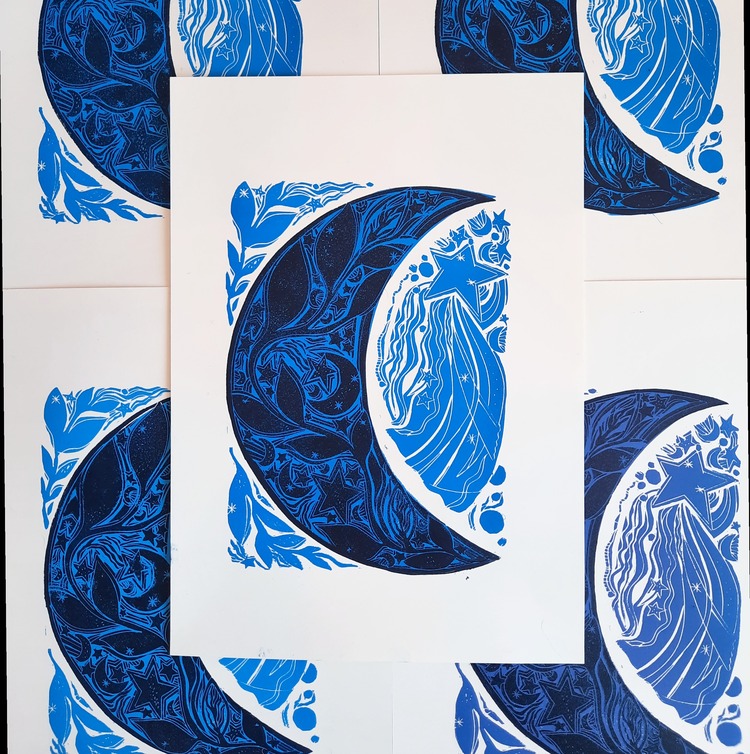
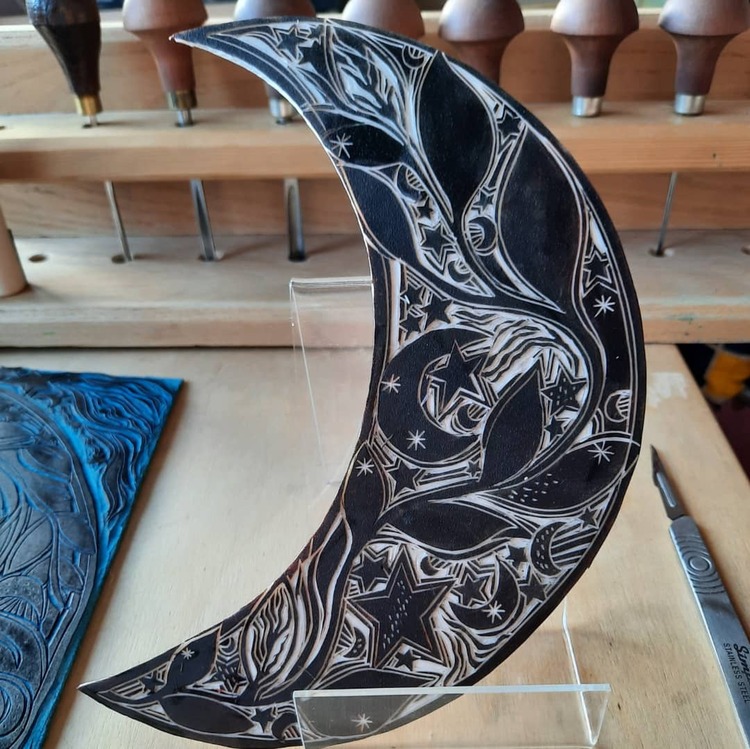
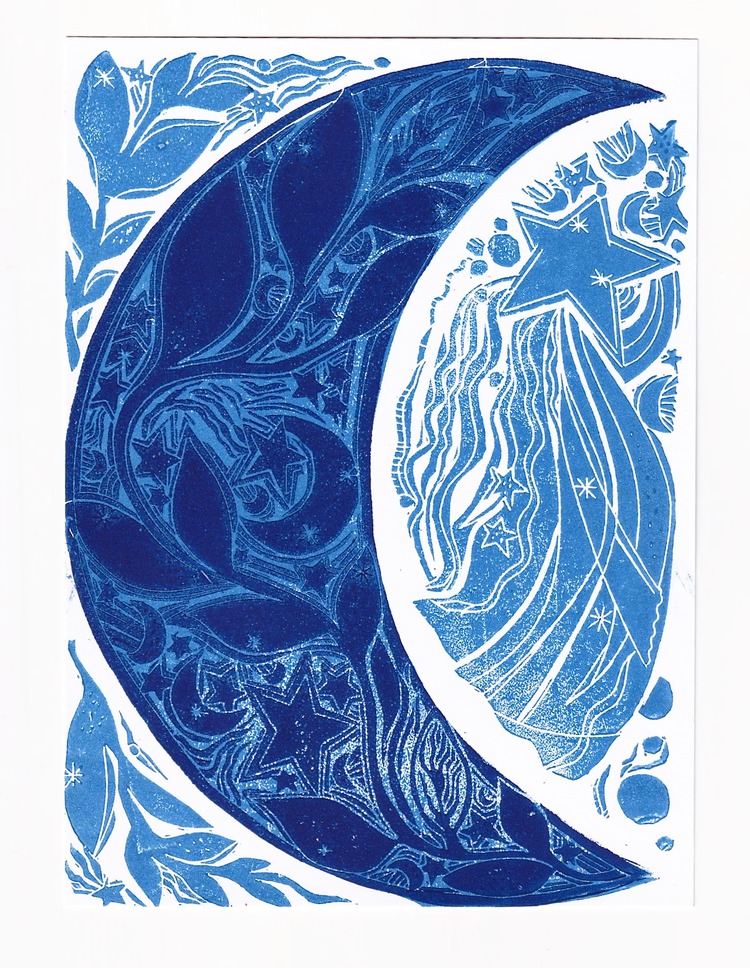 These Blue Moon block prints were created as part of an ongoing series of celestial prints with botanical elements. Created from two separate blocks, Jenny used a background plate of traditional Grey lino and a soft-cut piece for the crescent moon. Handprinted using Caligo Safewash inks by Cranfield, Jenny enjoyed experimenting with colourful variations of this design, but decided the blue tones were most effective. Alongside the original prints, Jenny has recently used this design to block print a run of notebooks.
These Blue Moon block prints were created as part of an ongoing series of celestial prints with botanical elements. Created from two separate blocks, Jenny used a background plate of traditional Grey lino and a soft-cut piece for the crescent moon. Handprinted using Caligo Safewash inks by Cranfield, Jenny enjoyed experimenting with colourful variations of this design, but decided the blue tones were most effective. Alongside the original prints, Jenny has recently used this design to block print a run of notebooks.
Gabriela Jolowicz: Woodcut Illustrations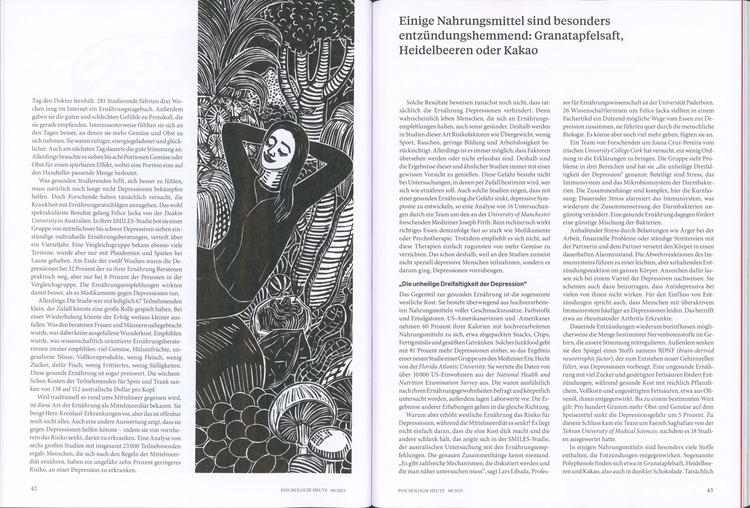
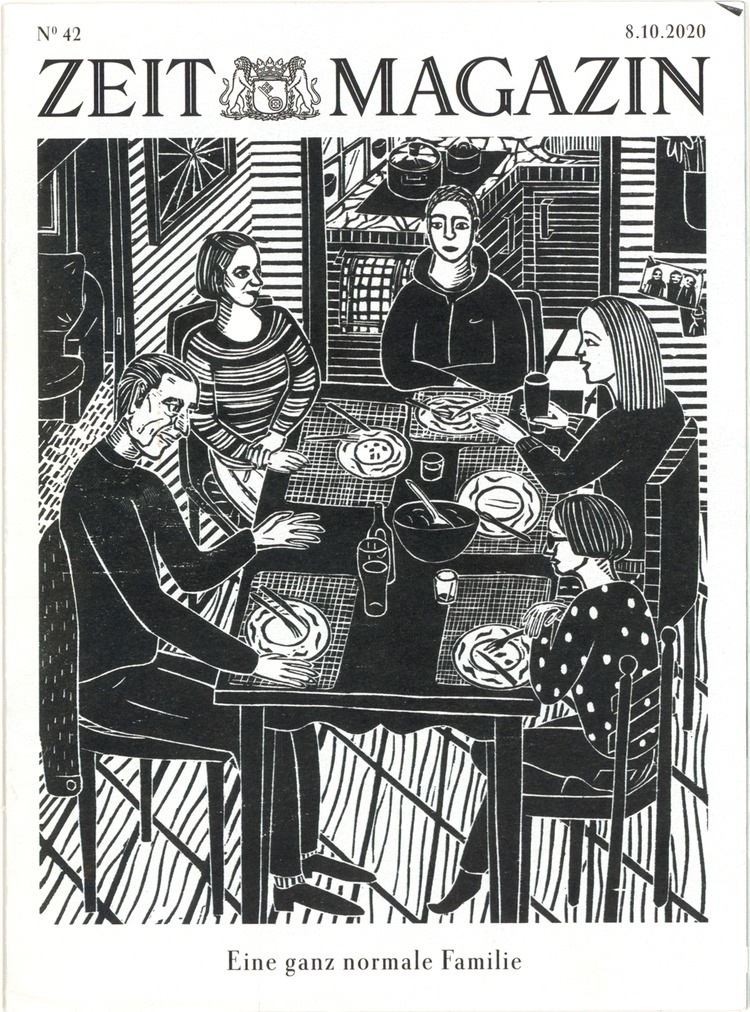
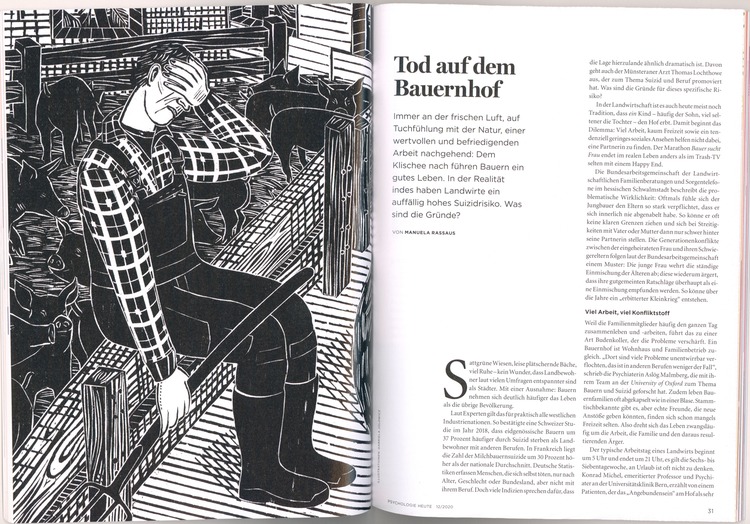 “When art directors commission me to create illustrations for an article, I am elated, even though I work with original woodcuts and often need to put in late nights to meet deadlines,” says printmaker Gabriela Jolowicz. Her process begins with making a few sketches. Once these sketches receive approval, she moves on to developing the outline drawing directly onto the woodblock. Most decisions are made during the carving. Once completed, Gabriela makes a test print of the woodcut and makes a few adjustments before producing the final print. Afterwards, she scans the woodcut print, edits it, and sends it off to the client.
“When art directors commission me to create illustrations for an article, I am elated, even though I work with original woodcuts and often need to put in late nights to meet deadlines,” says printmaker Gabriela Jolowicz. Her process begins with making a few sketches. Once these sketches receive approval, she moves on to developing the outline drawing directly onto the woodblock. Most decisions are made during the carving. Once completed, Gabriela makes a test print of the woodcut and makes a few adjustments before producing the final print. Afterwards, she scans the woodcut print, edits it, and sends it off to the client.
Lewamakes: Werewolves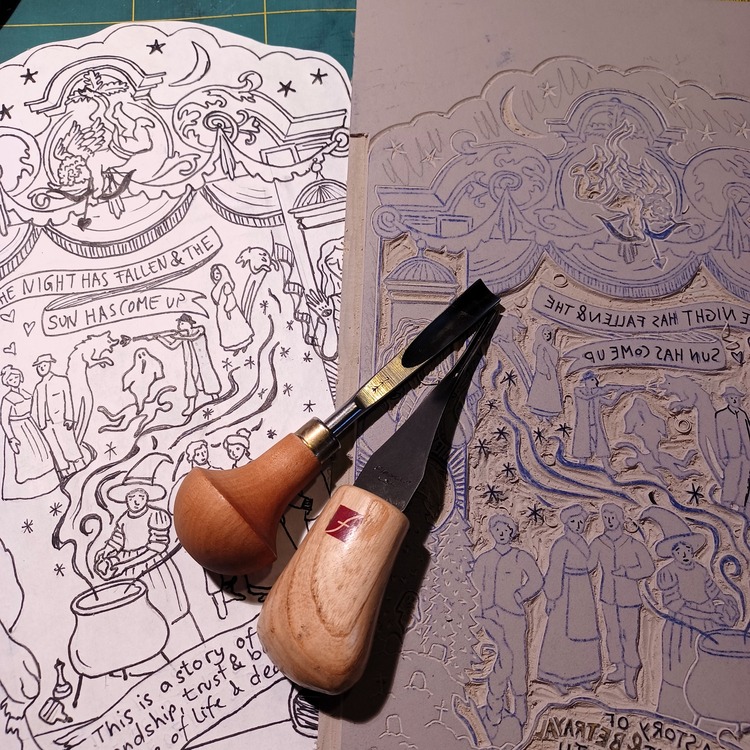
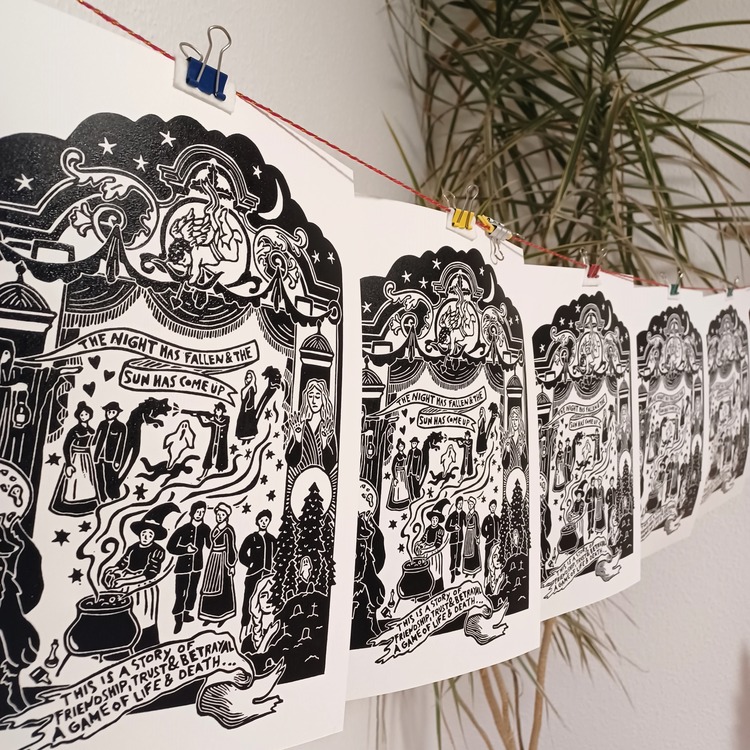
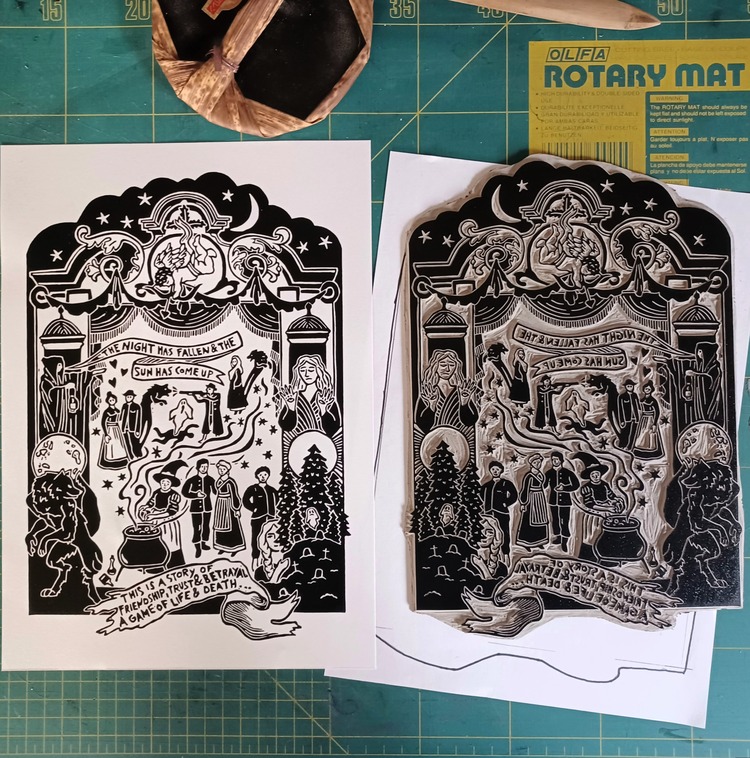 Lewamakes’ spooky print, Werewolves, was inspired by a game she likes to play with her friends, ‘The Werewolves of Millers Hallow’. The piece is an A4 print full of details, showing the roles of the game: Werewolves, Townsfolk, the Witch, the Hunter, the little Girl, the Fortune Teller, Cupid, and the Moderator. Each night, one of the townsfolk is killed by the Werewolves. The next morning, survivors gather in the town square and try to discover who the Werewolves are. This print is not only for fans of the game, but also for everyone who enjoys the Halloween season.
Lewamakes’ spooky print, Werewolves, was inspired by a game she likes to play with her friends, ‘The Werewolves of Millers Hallow’. The piece is an A4 print full of details, showing the roles of the game: Werewolves, Townsfolk, the Witch, the Hunter, the little Girl, the Fortune Teller, Cupid, and the Moderator. Each night, one of the townsfolk is killed by the Werewolves. The next morning, survivors gather in the town square and try to discover who the Werewolves are. This print is not only for fans of the game, but also for everyone who enjoys the Halloween season.
Block & Branch by Alice Pugini: Long Necks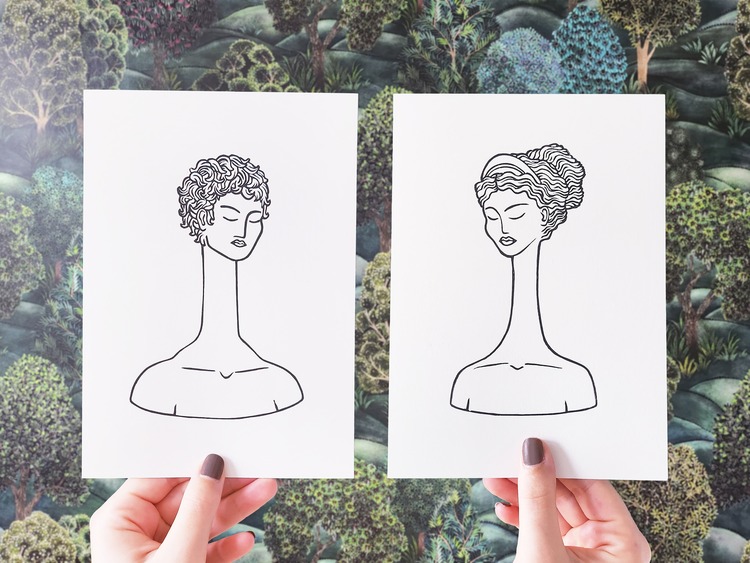
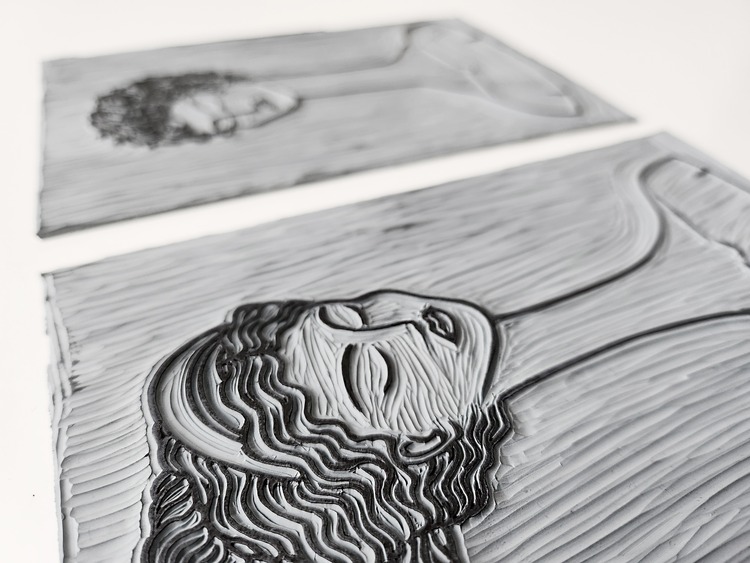
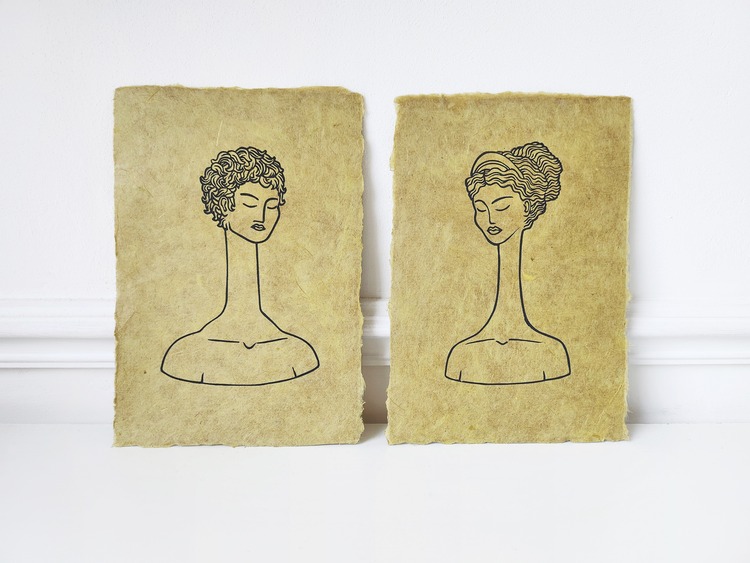 Alice Pugini mostly creates prints by interpreting existing ancient sculptures or paintings. “I find it a great way to study the masters while giving a new point of view to a familiar artwork,” says the printmaker. She continues; “One thing I love about classicism in particular is the elegance and ethereal essence of the human figure, represented so masterfully through refined realism”. For this project, however, Alice wanted to create something somewhat humorous and exaggerated, while still remaining on the Roman / Greek theme. With this pair of prints, therefore, she decided to play on the elegance side of classical art by elongating the pair’s necks to an excessive amount, with the aim to achieve ‘amusing’ beauty.
Alice Pugini mostly creates prints by interpreting existing ancient sculptures or paintings. “I find it a great way to study the masters while giving a new point of view to a familiar artwork,” says the printmaker. She continues; “One thing I love about classicism in particular is the elegance and ethereal essence of the human figure, represented so masterfully through refined realism”. For this project, however, Alice wanted to create something somewhat humorous and exaggerated, while still remaining on the Roman / Greek theme. With this pair of prints, therefore, she decided to play on the elegance side of classical art by elongating the pair’s necks to an excessive amount, with the aim to achieve ‘amusing’ beauty.
Steven Soltysik: Alone Time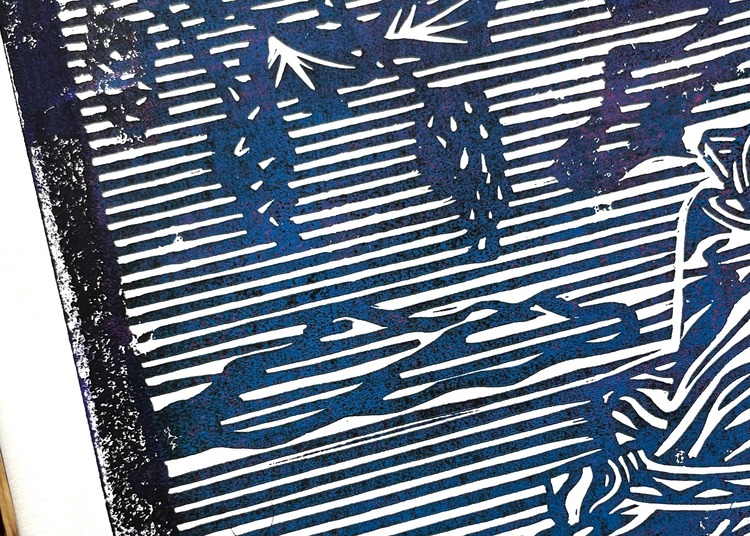
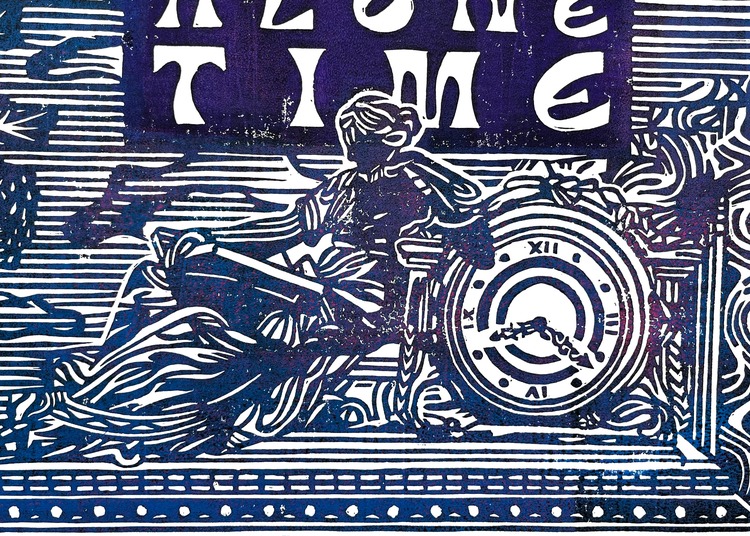
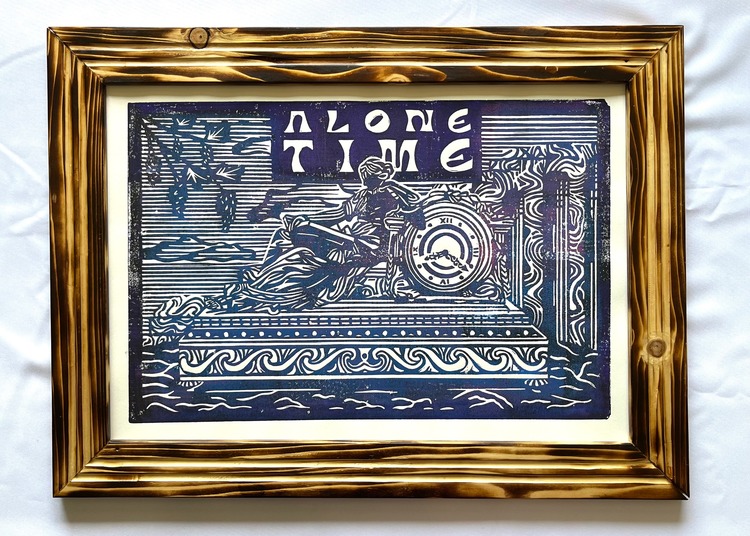 “I would consider myself a social introvert,” says linocut printmaker Steven Soltysik. He continues; “I enjoy the company of others, but need my alone time more than i need face to face conversation. I do crave social interaction when I go a few days of mostly being alone. However, that craving can be satisfied rather easily.” After a busy week, the thing he looks forward to most is a nice quiet morning, a cup of coffee, and some alone time. He recreated that feeling within this print.
“I would consider myself a social introvert,” says linocut printmaker Steven Soltysik. He continues; “I enjoy the company of others, but need my alone time more than i need face to face conversation. I do crave social interaction when I go a few days of mostly being alone. However, that craving can be satisfied rather easily.” After a busy week, the thing he looks forward to most is a nice quiet morning, a cup of coffee, and some alone time. He recreated that feeling within this print.
The Burrow Prints: Fly My Own Way in My Dying Day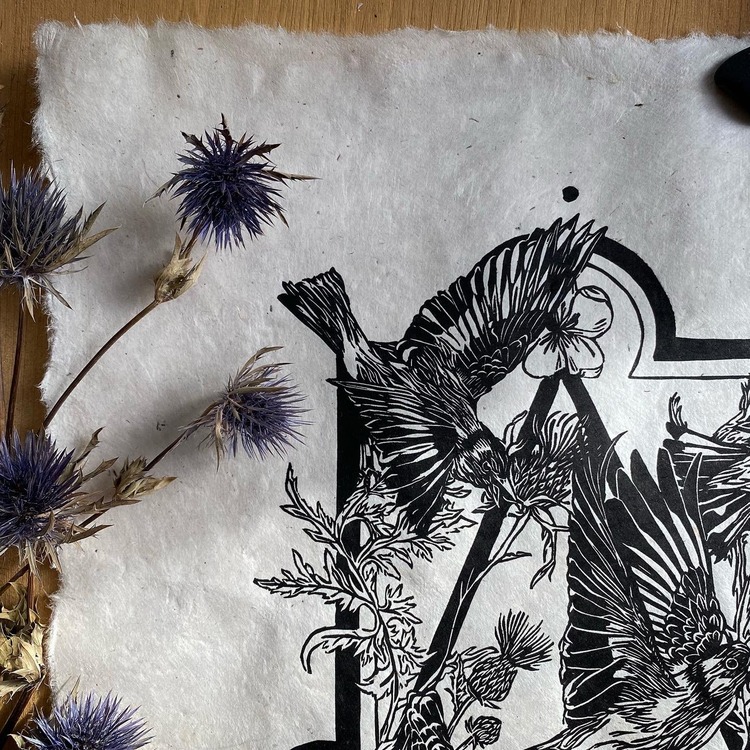
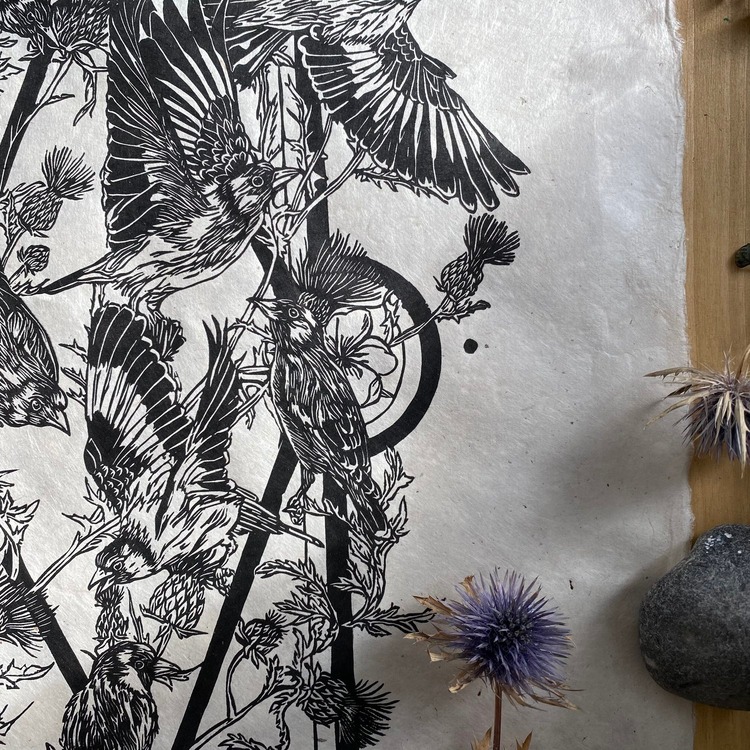
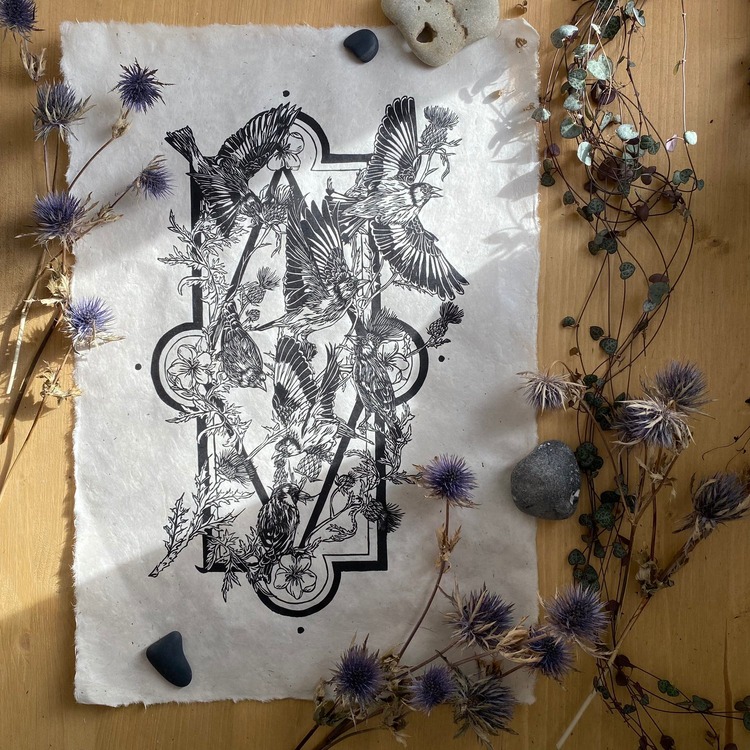 Fly My Own Way in My Dying Day looks at the illegal capture of wild songbirds, which are sold as pets for their beautiful song and die in captivity. “Leave wild animals wild,” states block printer Steffi Möbius Ehrlich, aka The Burrow Prints.
Fly My Own Way in My Dying Day looks at the illegal capture of wild songbirds, which are sold as pets for their beautiful song and die in captivity. “Leave wild animals wild,” states block printer Steffi Möbius Ehrlich, aka The Burrow Prints.
Neu Haus Press: Modular Cubes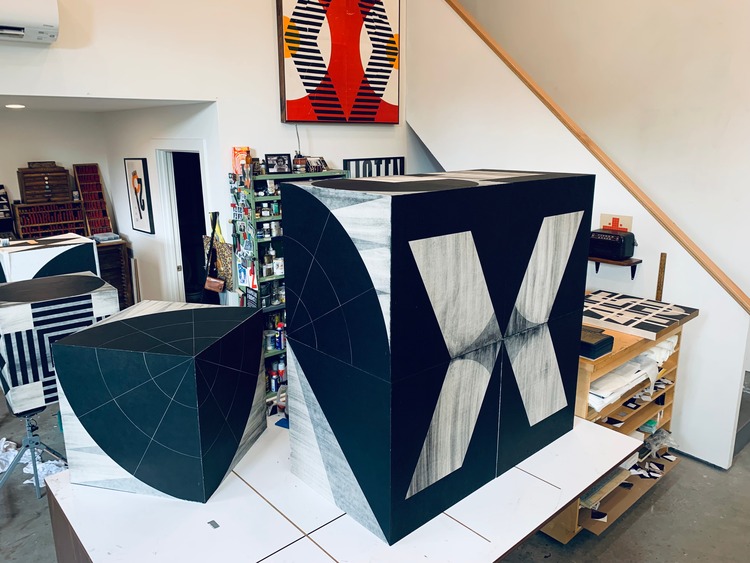
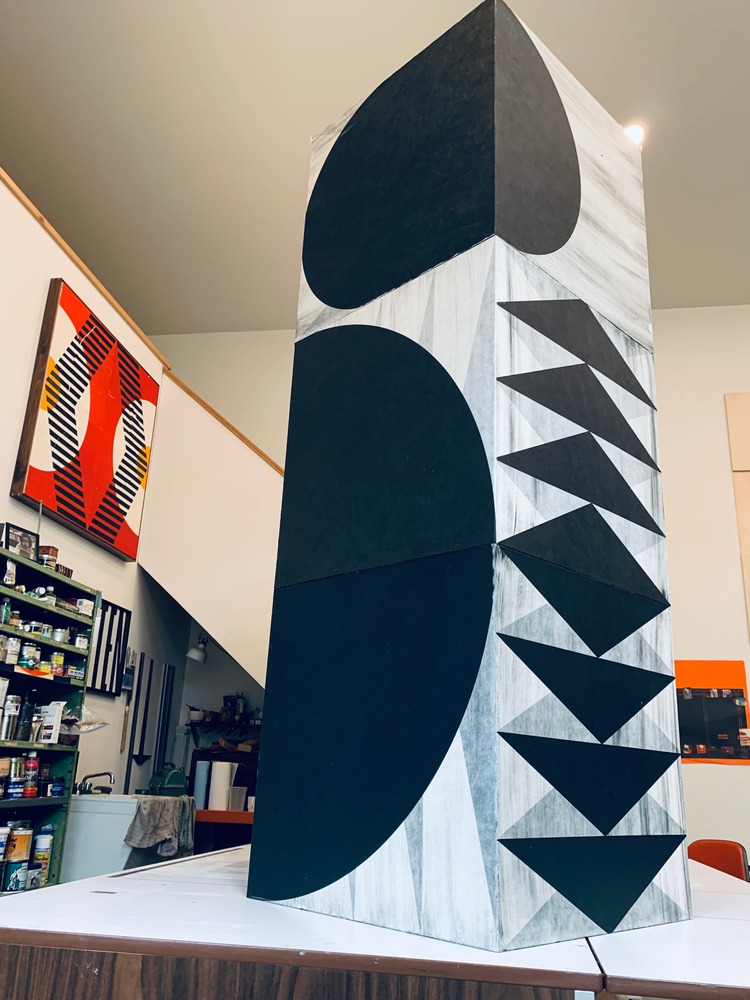
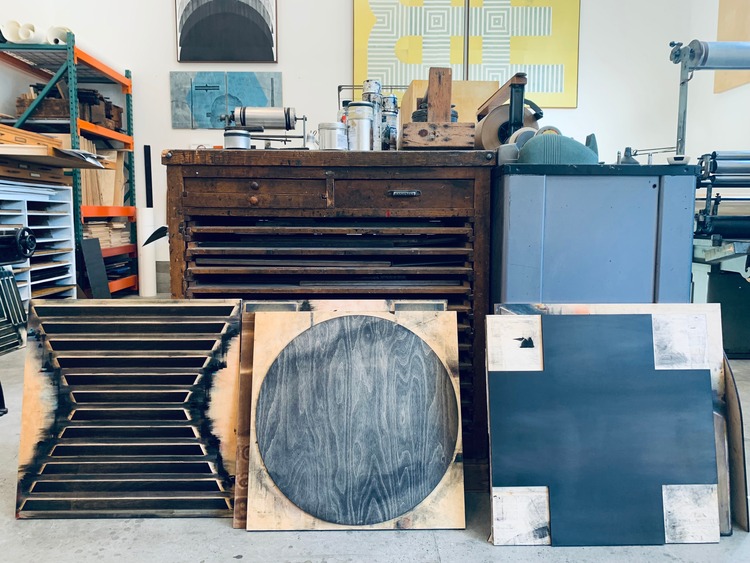 These modular cubes are an extension of Neu Haus Press’ modular type work. Each cube is 24”x24x”24” and consist of two layers of woodblock prints. The blocks used are a scaled up version of the Alpa-Blox font and Futura Schmuck. The work is printed on their Vandercook 232p press onto Sekishu paper. The first layer of prints are used to imply a shadow and undertones, and the top bolder layer is wheat pasted over the Bottom. The end result is 10 cubes that can be arranged in endless designs to create 3D modular type sculptures.
These modular cubes are an extension of Neu Haus Press’ modular type work. Each cube is 24”x24x”24” and consist of two layers of woodblock prints. The blocks used are a scaled up version of the Alpa-Blox font and Futura Schmuck. The work is printed on their Vandercook 232p press onto Sekishu paper. The first layer of prints are used to imply a shadow and undertones, and the top bolder layer is wheat pasted over the Bottom. The end result is 10 cubes that can be arranged in endless designs to create 3D modular type sculptures.
Kerry Day: Bird of Paradise Plant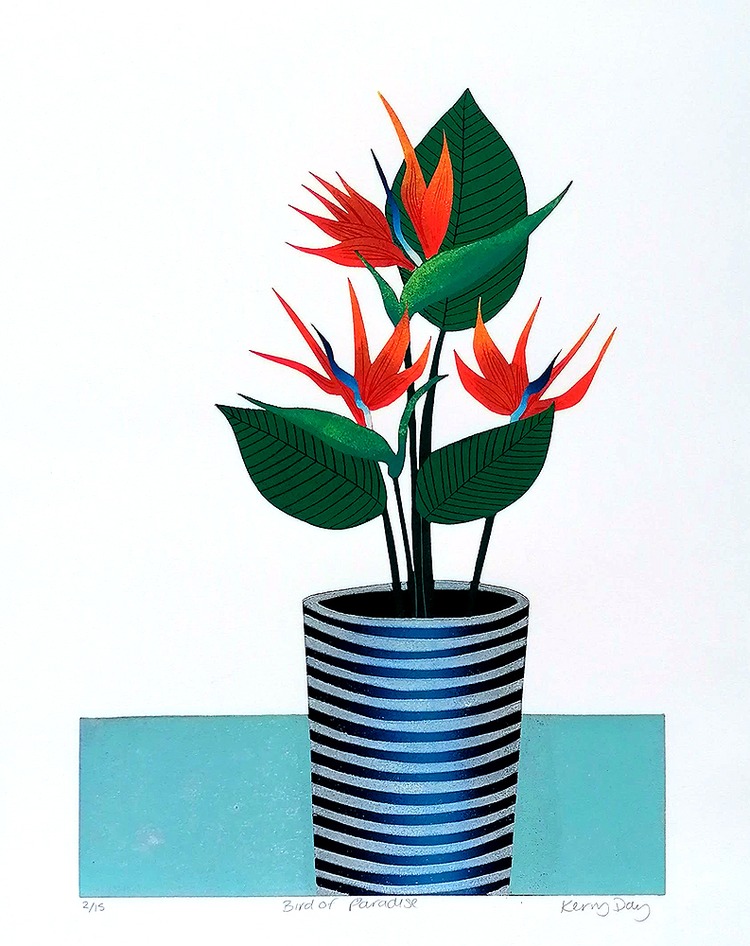
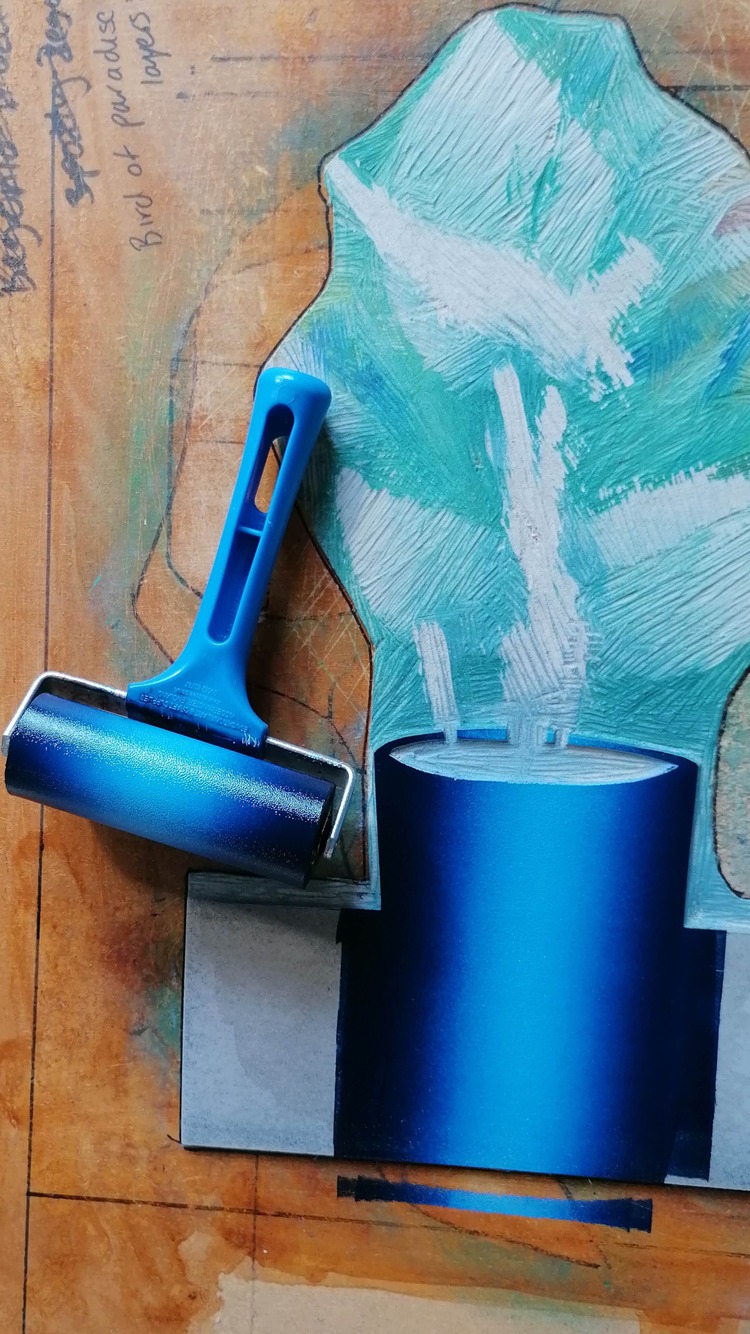
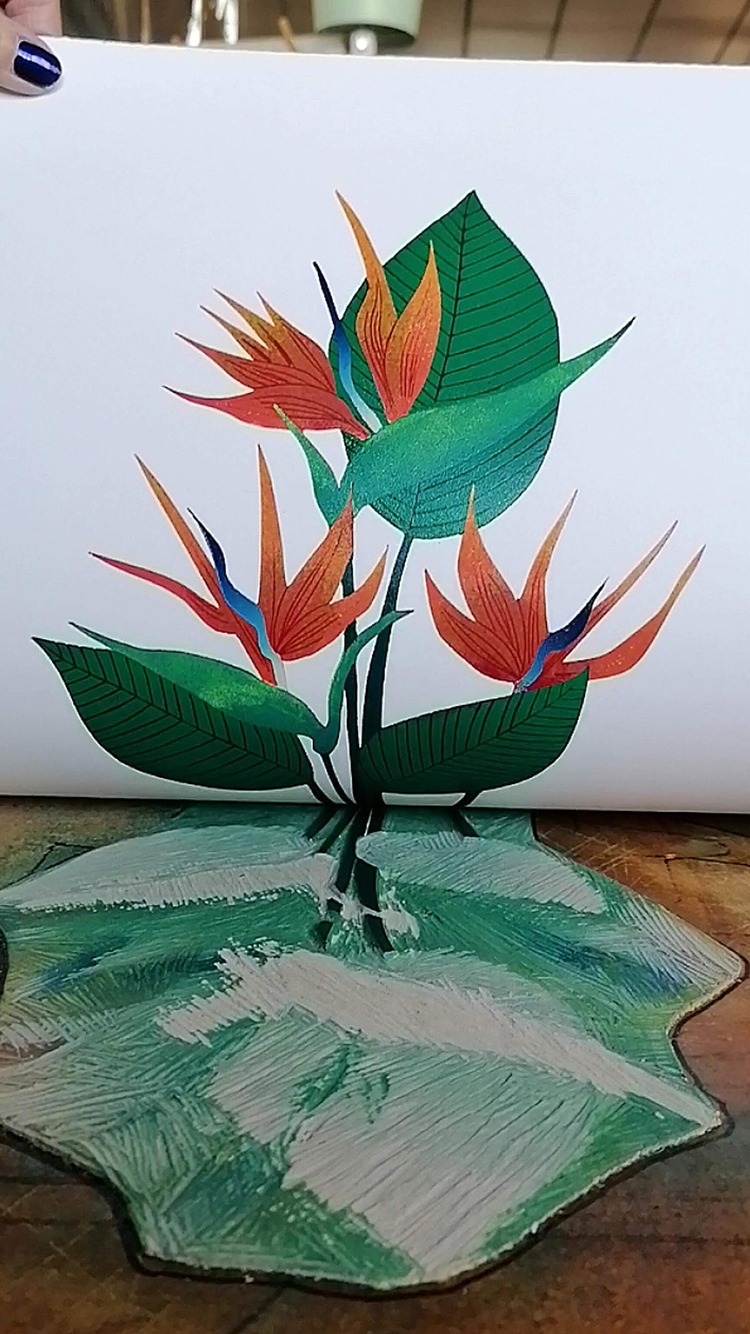 Kerry Day’s Bird of Paradise Plant is a reduction lino print made up of 14 layers. Many layers were created with colour blends to give a more 3d/tonal effect in beautifully bright bold colours to represent the magnificent exotic flowering plant.
Kerry Day’s Bird of Paradise Plant is a reduction lino print made up of 14 layers. Many layers were created with colour blends to give a more 3d/tonal effect in beautifully bright bold colours to represent the magnificent exotic flowering plant.
Studio Kars en Boom: Landscape Block Prints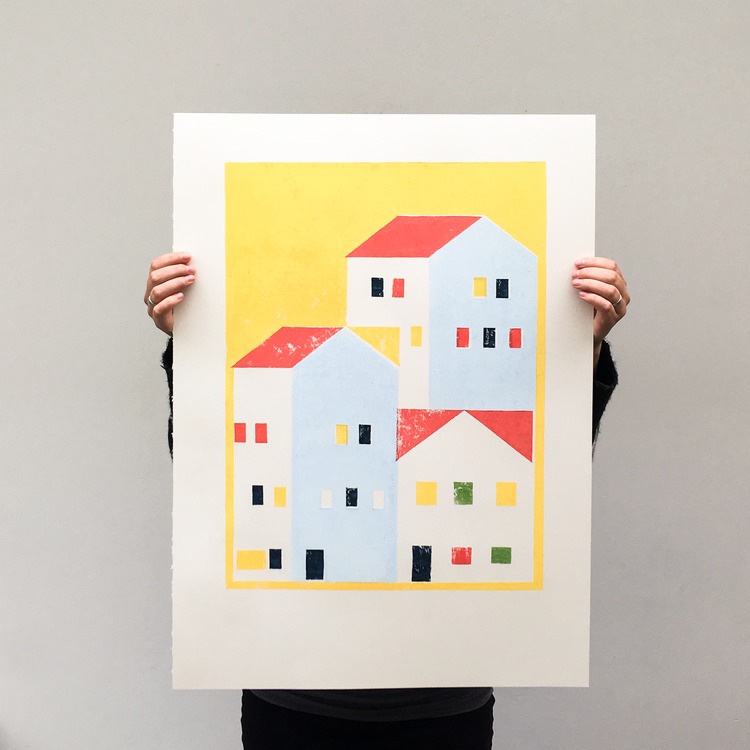
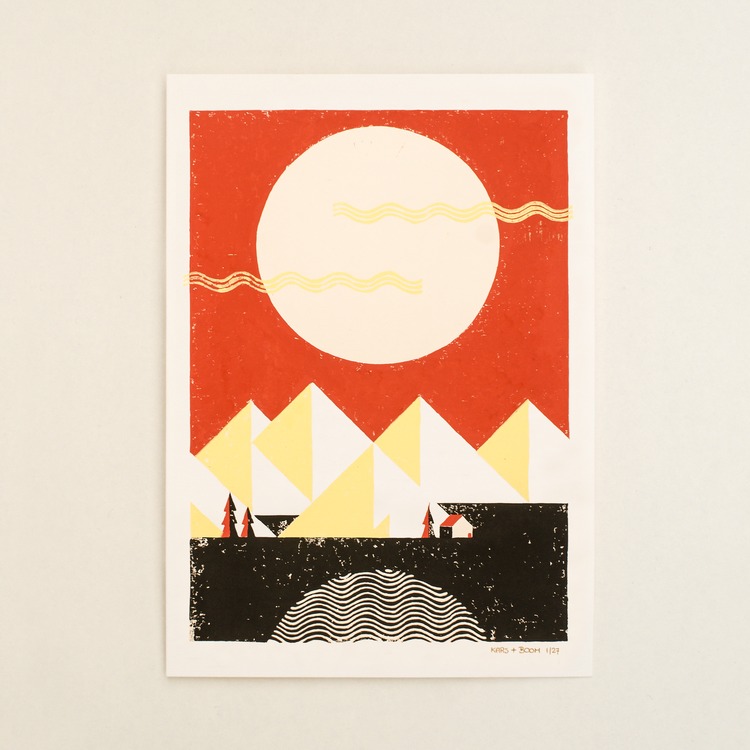
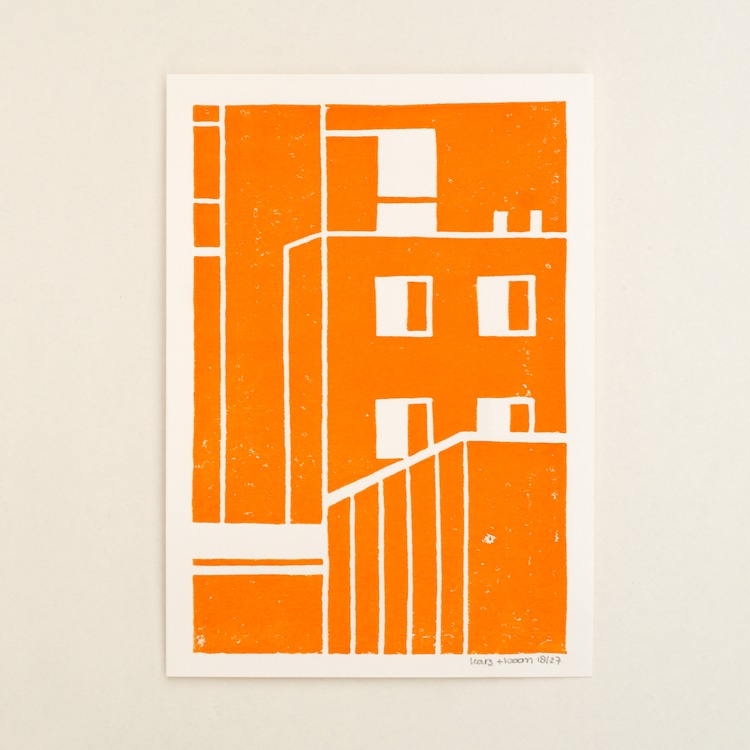 “In our work, we want to create dream worlds,” describe Studio Kars en Boom. The world around them inspires their prints, with urban and natural landscapes often being depicted. They comment; “We see the world in shapes and planes”. Linocut printing provides them with the possibility to shape this play of lines and these geometric planes. Each print is hand printed and signed in a small edition.
“In our work, we want to create dream worlds,” describe Studio Kars en Boom. The world around them inspires their prints, with urban and natural landscapes often being depicted. They comment; “We see the world in shapes and planes”. Linocut printing provides them with the possibility to shape this play of lines and these geometric planes. Each print is hand printed and signed in a small edition.
Mallory Sherman: Repetitive Production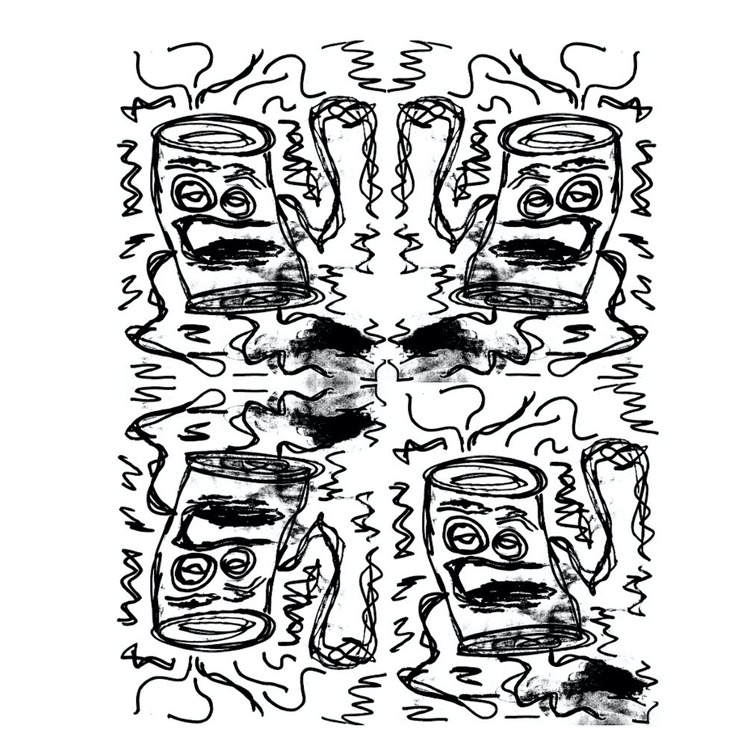
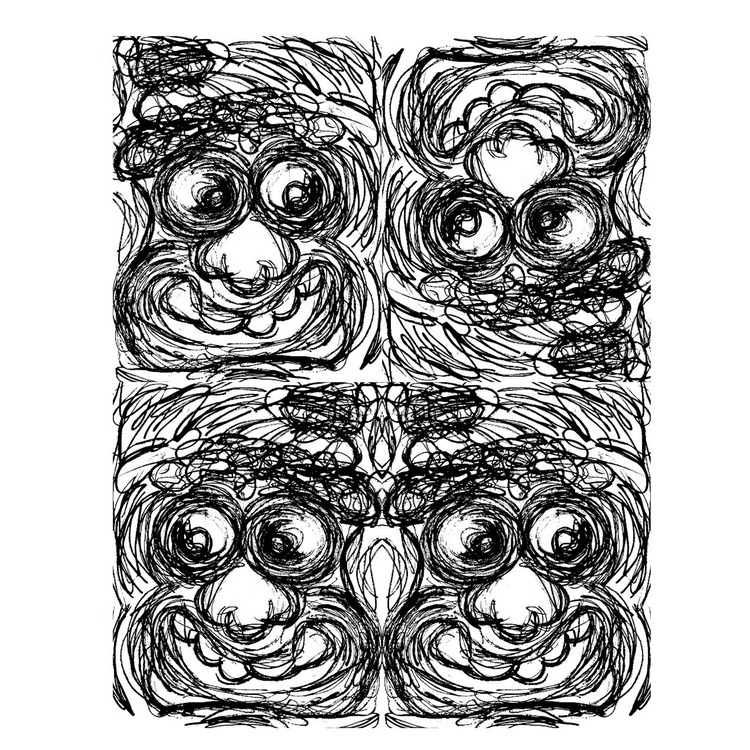
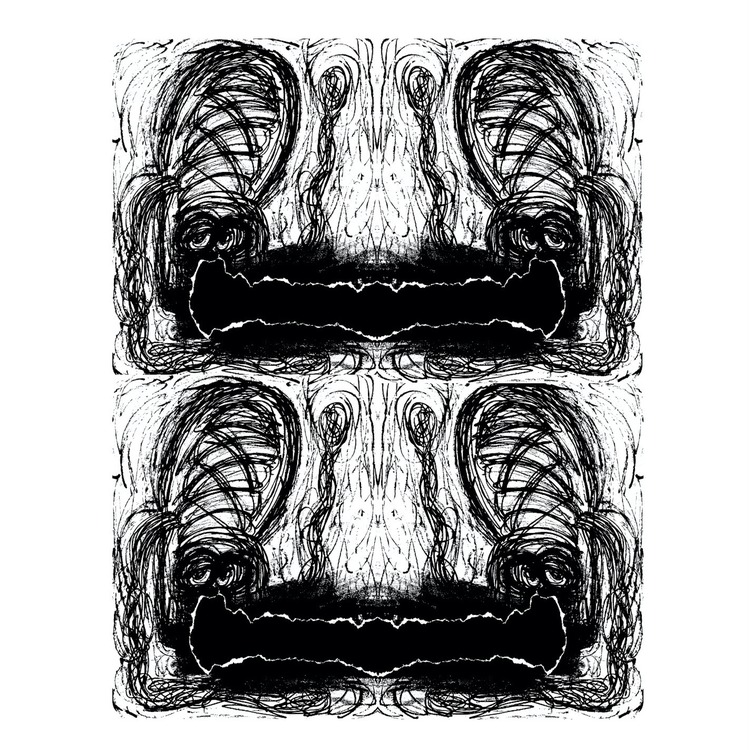 A pair of shoes, a human, and a soda can. What do they all have in common? Answer: Just one of many, that is in the eyes of large corporations. Mallory Sherman’s block print series addresses how large companies view workers as just another number, and the capitalistic idea of how individuals can be easily replaced. Similar to massed produced shoes and cans, corporations view these workers as disposable parts of the mass. It is up to us, the viewers, to hold these corporations accountable and look out for our fellow humans.
A pair of shoes, a human, and a soda can. What do they all have in common? Answer: Just one of many, that is in the eyes of large corporations. Mallory Sherman’s block print series addresses how large companies view workers as just another number, and the capitalistic idea of how individuals can be easily replaced. Similar to massed produced shoes and cans, corporations view these workers as disposable parts of the mass. It is up to us, the viewers, to hold these corporations accountable and look out for our fellow humans.
galleryofmallory.squarespace.com
Megan Bellatrix Archibald: Selkie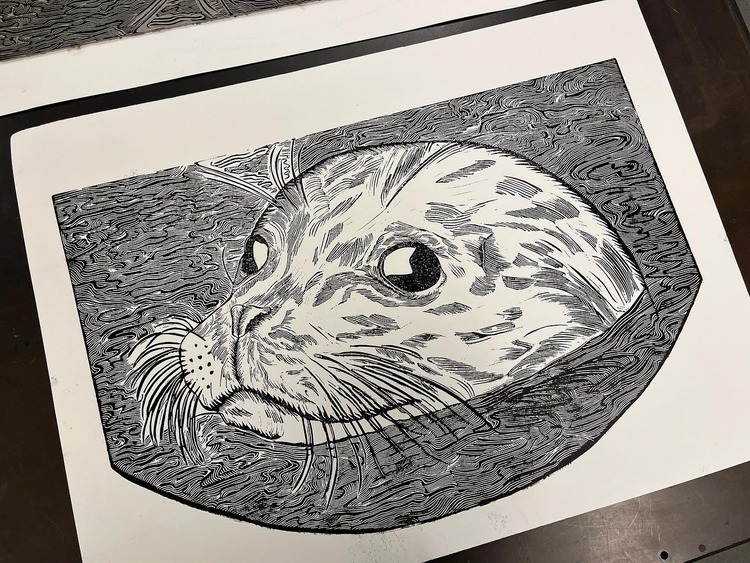
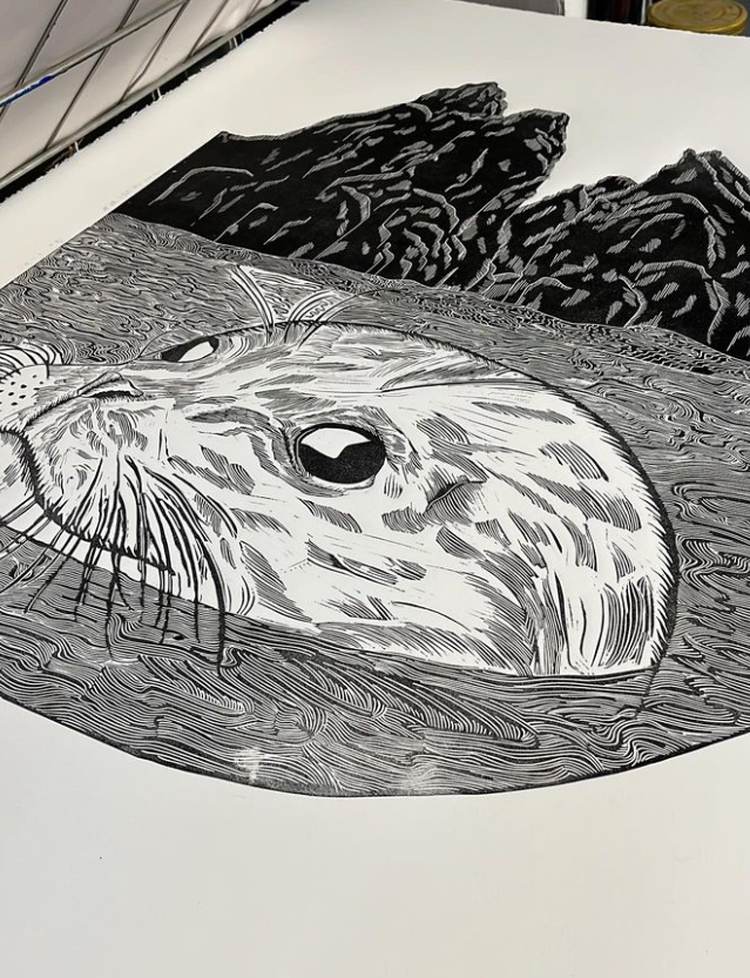
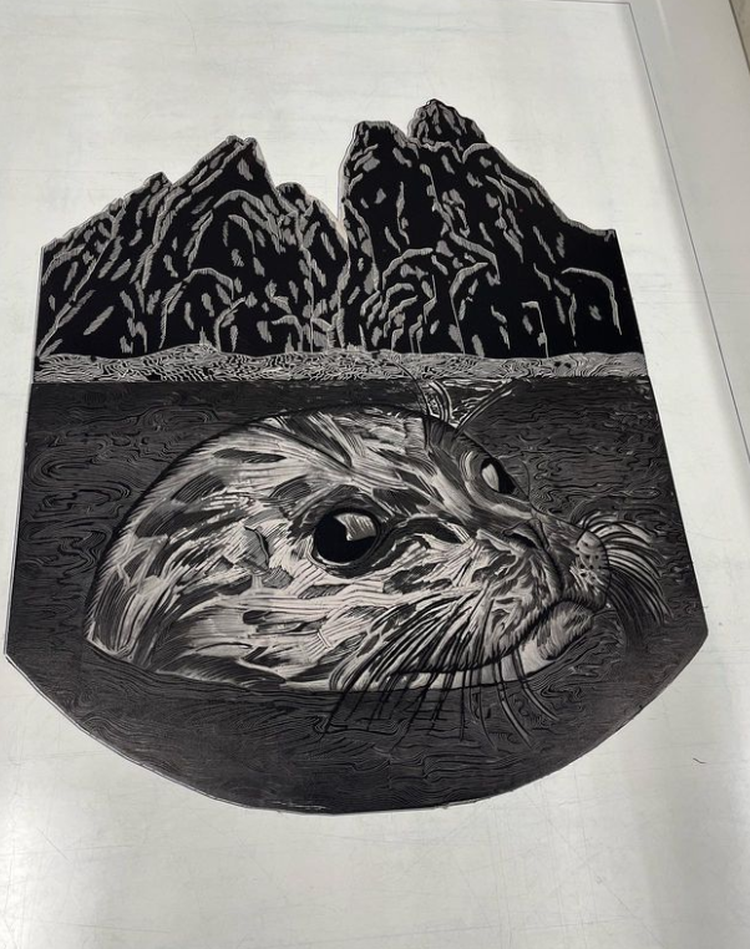 The story of the Selkie comes from the islands of Orkney and Shetland; and is retold down the North East coast of Scotland. The myth is that Selkies are women; they can take the shape of women, they can shed their skin, and walk on land. However, if their seal skin coat is stolen, they cannot return to the sea. Many of the tales speak of Selkies tricked into marriage with human men, who steal their coats and keep them on land, whilst they become sadder and more distraught and not being free in the sea. This linocut block by Megan, which might one day become a multi-block print, shows a Selkie, where they ought to be. The piece is inspired by drawings and photographs she took of the young seals playing off the coast of the Northern Isles.
The story of the Selkie comes from the islands of Orkney and Shetland; and is retold down the North East coast of Scotland. The myth is that Selkies are women; they can take the shape of women, they can shed their skin, and walk on land. However, if their seal skin coat is stolen, they cannot return to the sea. Many of the tales speak of Selkies tricked into marriage with human men, who steal their coats and keep them on land, whilst they become sadder and more distraught and not being free in the sea. This linocut block by Megan, which might one day become a multi-block print, shows a Selkie, where they ought to be. The piece is inspired by drawings and photographs she took of the young seals playing off the coast of the Northern Isles.
Zealous Alchemy: Kabuto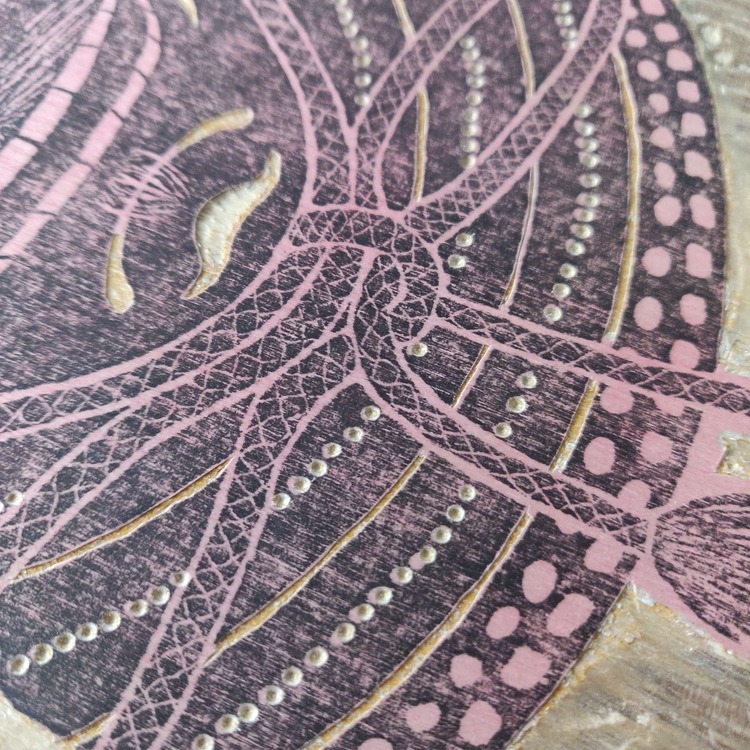
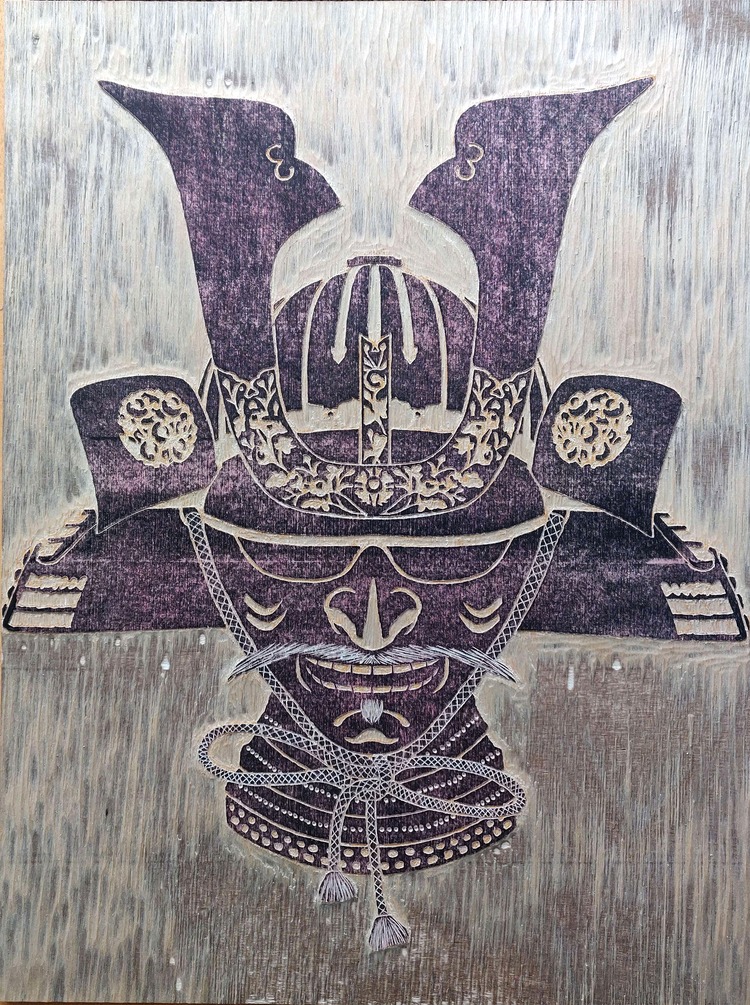
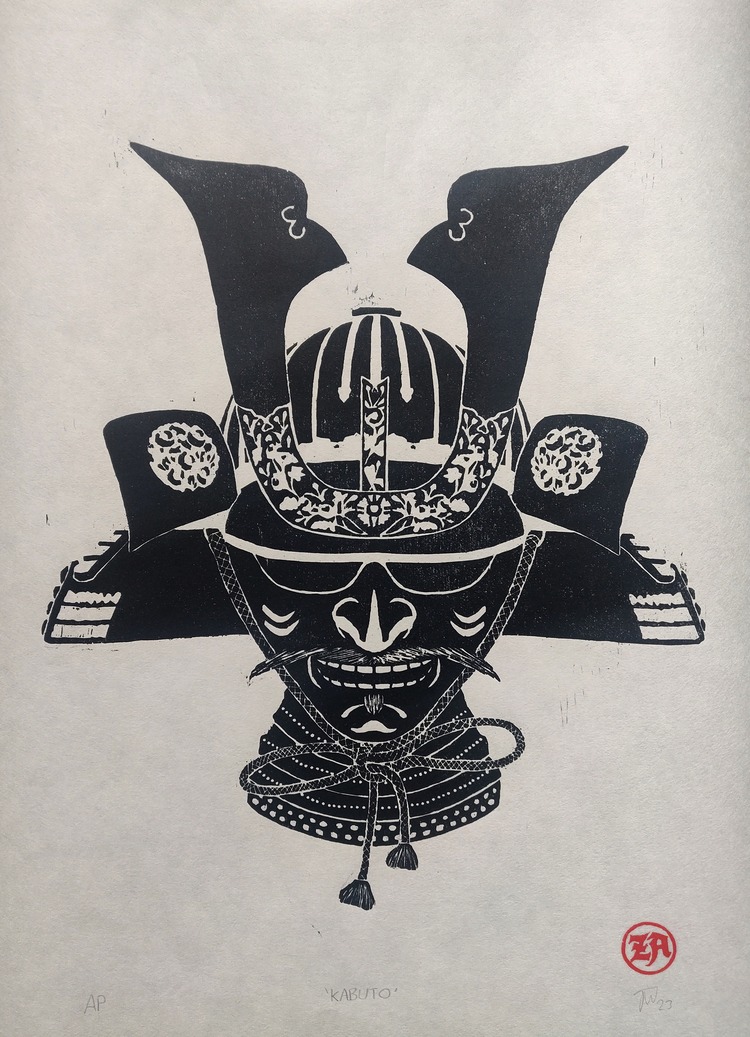 This woodcut is based on a kabuto gifted to James I by Tokugawa Hidetada in 1613, marking the start of trade relations between the United Kingdom and Japan. The creation of this print combined both nations approach to woodcut printmaking. Zealous Alchemy used Western gouges and Japanese mokuhanga tools to carve the design, inked the block with Western oil-based ink applied with a roller, and printed the design onto Japanese washi. Subject matter and process intertwine, creating a woodcut which not only symbolises unity between two cultures, but which also manifests their distinctness from one another.
This woodcut is based on a kabuto gifted to James I by Tokugawa Hidetada in 1613, marking the start of trade relations between the United Kingdom and Japan. The creation of this print combined both nations approach to woodcut printmaking. Zealous Alchemy used Western gouges and Japanese mokuhanga tools to carve the design, inked the block with Western oil-based ink applied with a roller, and printed the design onto Japanese washi. Subject matter and process intertwine, creating a woodcut which not only symbolises unity between two cultures, but which also manifests their distinctness from one another.
Jacek Ambroszczyk: World of Kusama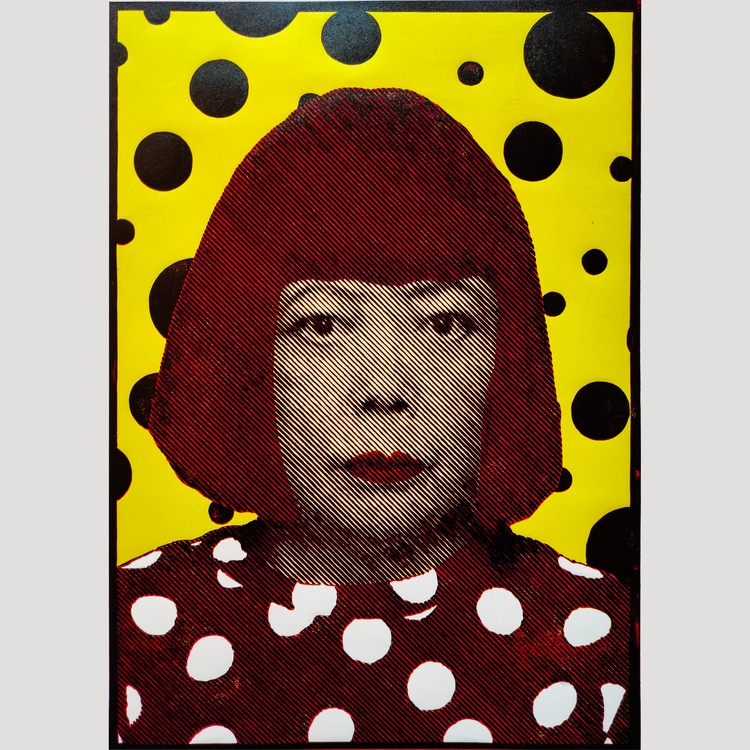
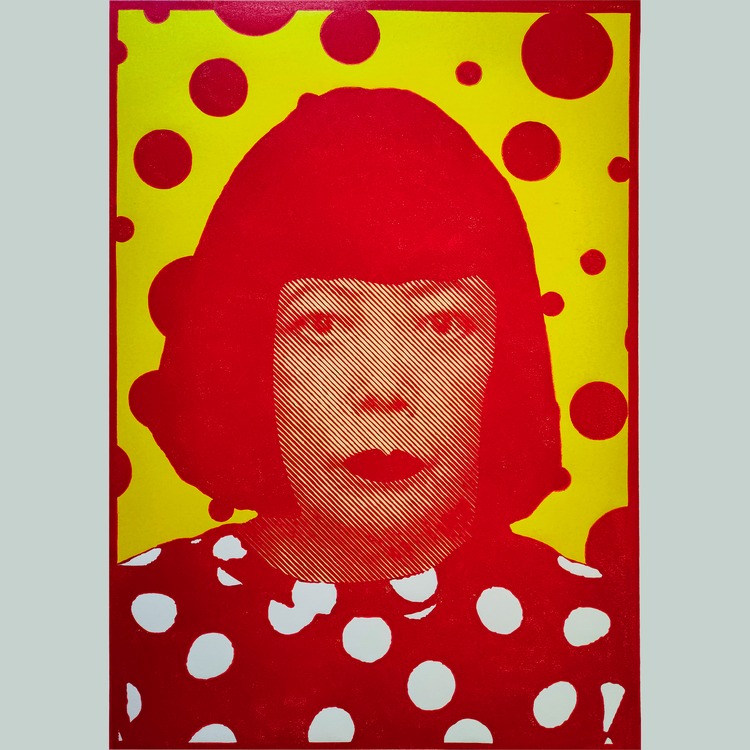
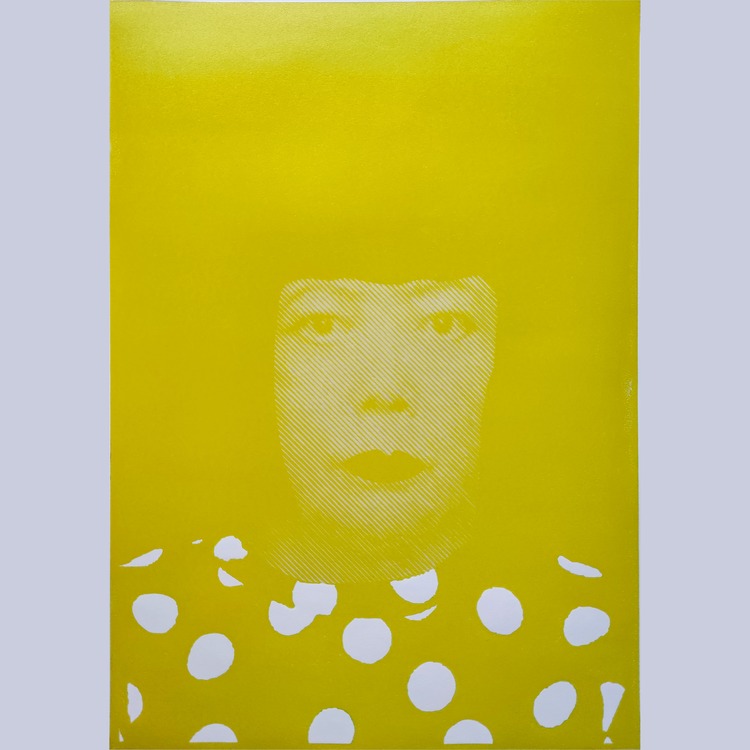 Yayoi Kusama is an inspirational and very influential figure not only to Jacek, but to the whole artistic community. He created this print utilising his halftone style combined with the reductive lino printmaking technique. This allowed him to create a more realistic print, whilst at the same time using only one piece of lino, which in turn makes the whole print more unique. Using the reductive lino technique with Halftone style allows Jacek to have both the reductive unique print, as well the last halftone layer to be printed infinitely.
Yayoi Kusama is an inspirational and very influential figure not only to Jacek, but to the whole artistic community. He created this print utilising his halftone style combined with the reductive lino printmaking technique. This allowed him to create a more realistic print, whilst at the same time using only one piece of lino, which in turn makes the whole print more unique. Using the reductive lino technique with Halftone style allows Jacek to have both the reductive unique print, as well the last halftone layer to be printed infinitely.
Clare Morgan: Gaia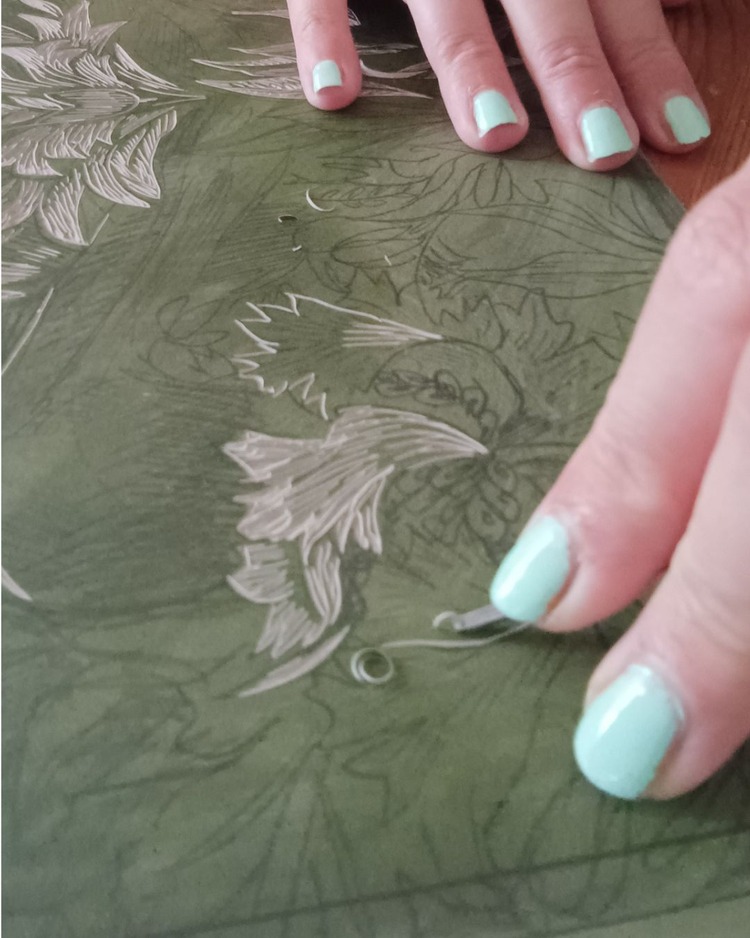
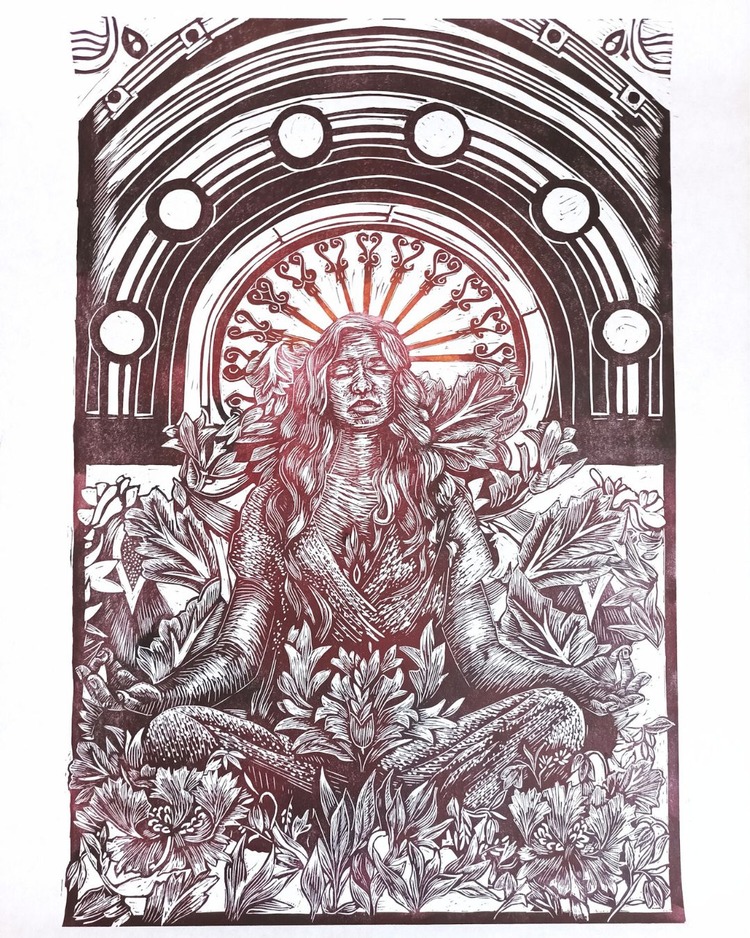
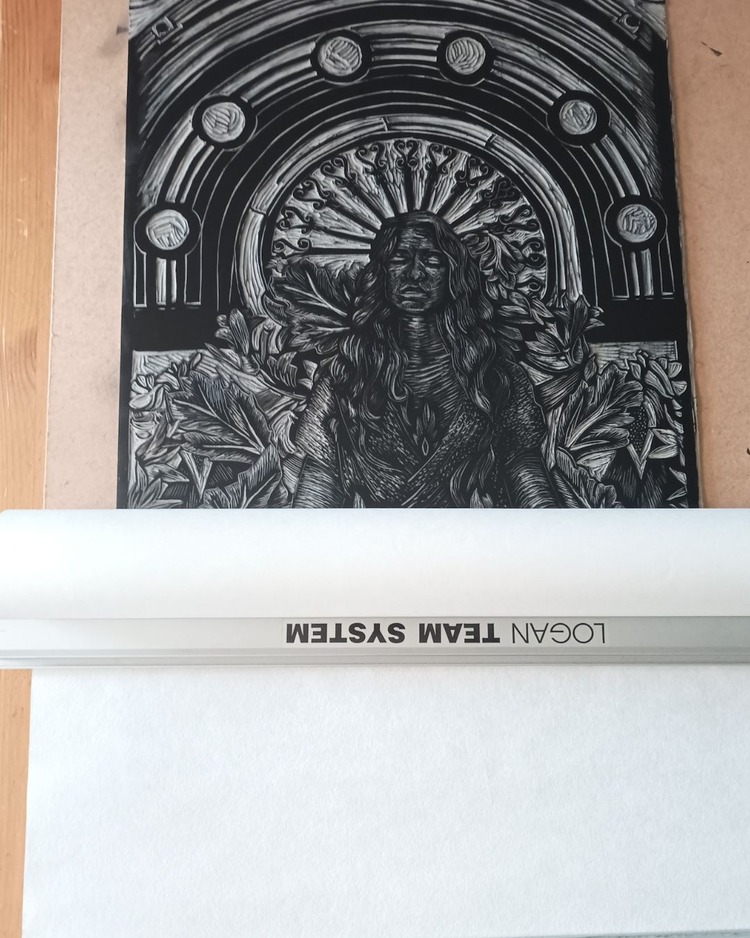 Over the last few years, Clare Morgan has really embraced the linocut process, and this time, she decided to go big! Working on an A2-sized piece of linoleum gave her space to explore lots of intricate details. Hand-burnished onto masa paper, Clare used metal rulers to keep the paper in place as she applied pressure to reveal the image. She is currently leaning into the arts and crafts movement, so celebrated this through the floral motifs and arches. She states; “The figures in my work represent a connection to nature, and as we transition into autumn I felt that the richer reddish hue would lend itself well to the season”.
Over the last few years, Clare Morgan has really embraced the linocut process, and this time, she decided to go big! Working on an A2-sized piece of linoleum gave her space to explore lots of intricate details. Hand-burnished onto masa paper, Clare used metal rulers to keep the paper in place as she applied pressure to reveal the image. She is currently leaning into the arts and crafts movement, so celebrated this through the floral motifs and arches. She states; “The figures in my work represent a connection to nature, and as we transition into autumn I felt that the richer reddish hue would lend itself well to the season”.
Blockforest: Halloween Costume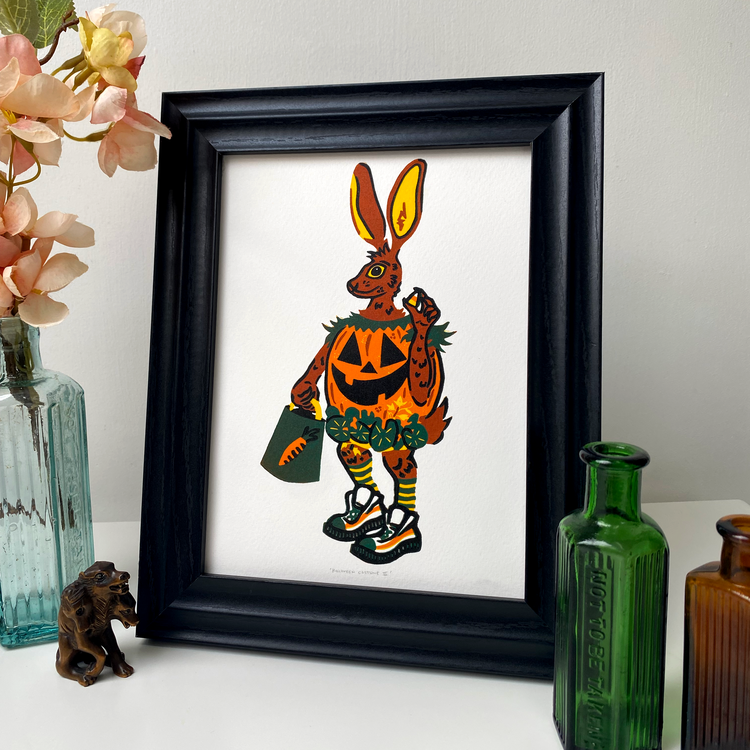
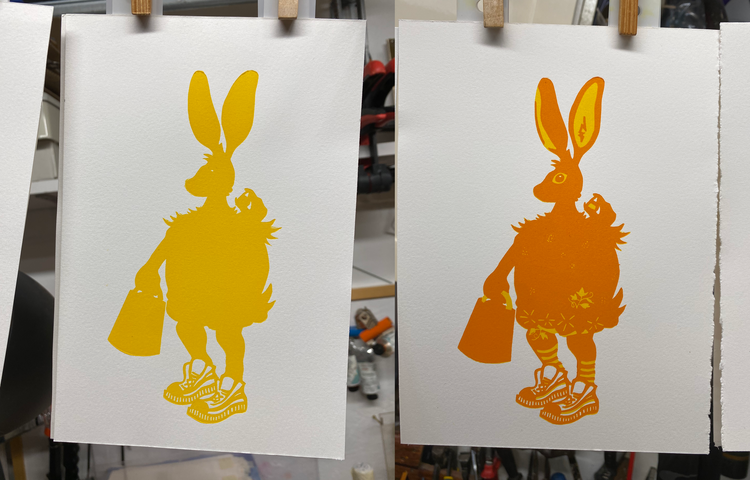
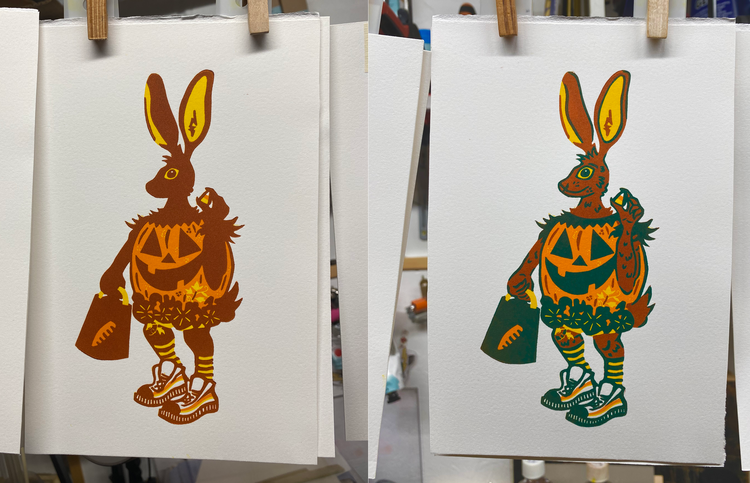 Continuing a seasonal series of Halloween Costume prints, this 5 layer reduction print features a hare who can think about nothing but the pumpkin patches and treats. Starting with a base layer of bright yellow, followed by a orange, brown, green, and finally a key block of black, this print took around a week to print and is available in a limited edition of just 26.
Continuing a seasonal series of Halloween Costume prints, this 5 layer reduction print features a hare who can think about nothing but the pumpkin patches and treats. Starting with a base layer of bright yellow, followed by a orange, brown, green, and finally a key block of black, this print took around a week to print and is available in a limited edition of just 26.
Browse more incredible work by our community and apply to become a Verified Member at www.members.peopleofprint.com.
You might like...
- Carolin Mueller | Exploring Memory, Space, and Sustainability Through Printmaking - December 18, 2024
- D!VE | Hercules and Achelous at Litfass - December 17, 2024
- Good Seed Craft Co. | The Beginner’s Guide to Lino Printing - December 16, 2024

